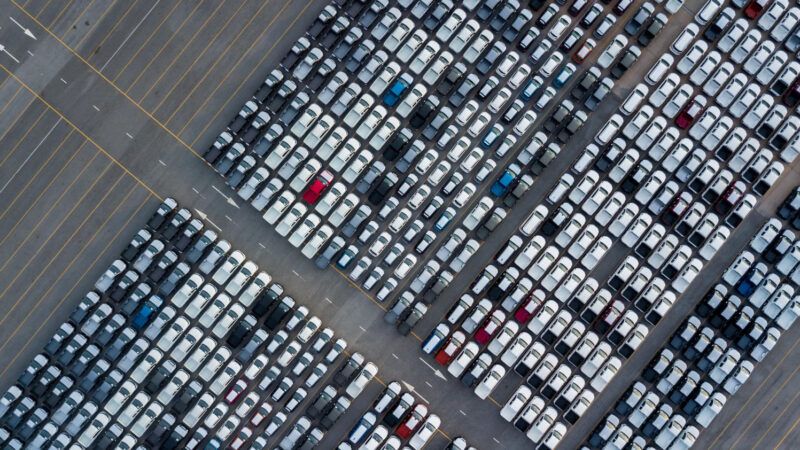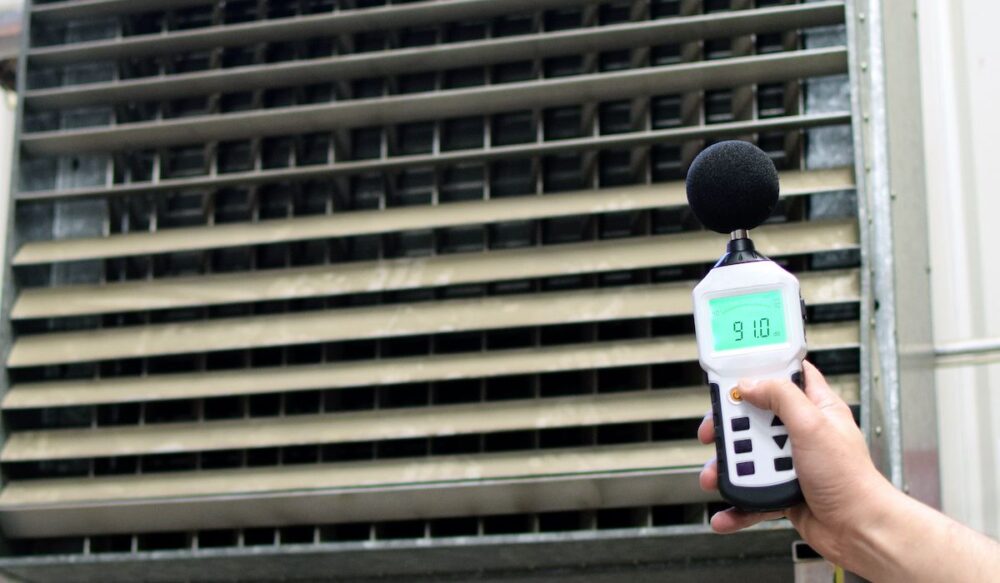 Being one of the most worrying problems in ports, several port authorities have already begun to deploy measures against noise pollution. (Gettyimages)
Being one of the most worrying problems in ports, several port authorities have already begun to deploy measures against noise pollution. (Gettyimages)
Ports seek to reduce acoustic pollution
On their path towards sustainability, the ports of the future must face the great challenge of reducing harmful emissions into the atmosphere. However, we tend to leave one of the most harmful pollutants to human health out of the conversation: noise pollution. Possible ways to take action to reduce the noise impact of ports are listed below.

África Marrero is a Naval and Oceanic Engineer, currently developing research projects in the area of Logistics and Maritime Transport at the Center for Innovation in Transport (CENIT) of the CIMNE.
 Being one of the most worrying problems in ports, several port authorities have already begun to deploy measures against noise pollution. (Gettyimages)
Being one of the most worrying problems in ports, several port authorities have already begun to deploy measures against noise pollution. (Gettyimages)
Around 80% of the world’s transport takes place by sea and the sector is expected to reduce its emissions in accordance with the United Nations Sustainable Development Goals, those defined in the European Green Deal or those established by the International Maritime Organization (IMO) itself. However, this must be accompanied by a reduction in noise pollution, which is a consequence of the high volume of activities carried out simultaneously in a port. Unfortunately, right now there is no universal measurement protocol to rate noise pollution in port infrastructures.
The main impact is felt by the inhabitants, generating discomfort and sleep disturbances. Noise is not only a matter of comfort. It can significantly affect health, and is also a risk factor for cases of premature death.
There can be several sources of noise that vary depending on the port and the type of traffic. However, the most common sources are:
- Work machines such as cranes, reach stackers, forklifts, or terminal tractors.
- Trucks and cars traffic. Ports often have a high flow of movement from the roads such as heavy trucks or cars picking up passengers from ships.
- Rail operations generate noise, especially when wagons are diverted.
- Ship-dock interface. Ships usually connect with the dock by metal or concrete ramps. When vehicles use these structures, considerable noise is generated.
- Handling loads. The noise comes from the containers falling to the ground, on to a vehicle or to another container. The biggest fuss is generated by moving dry bulk.
- Ships: engines, ventilation and hydraulic systems, pumps, among others.
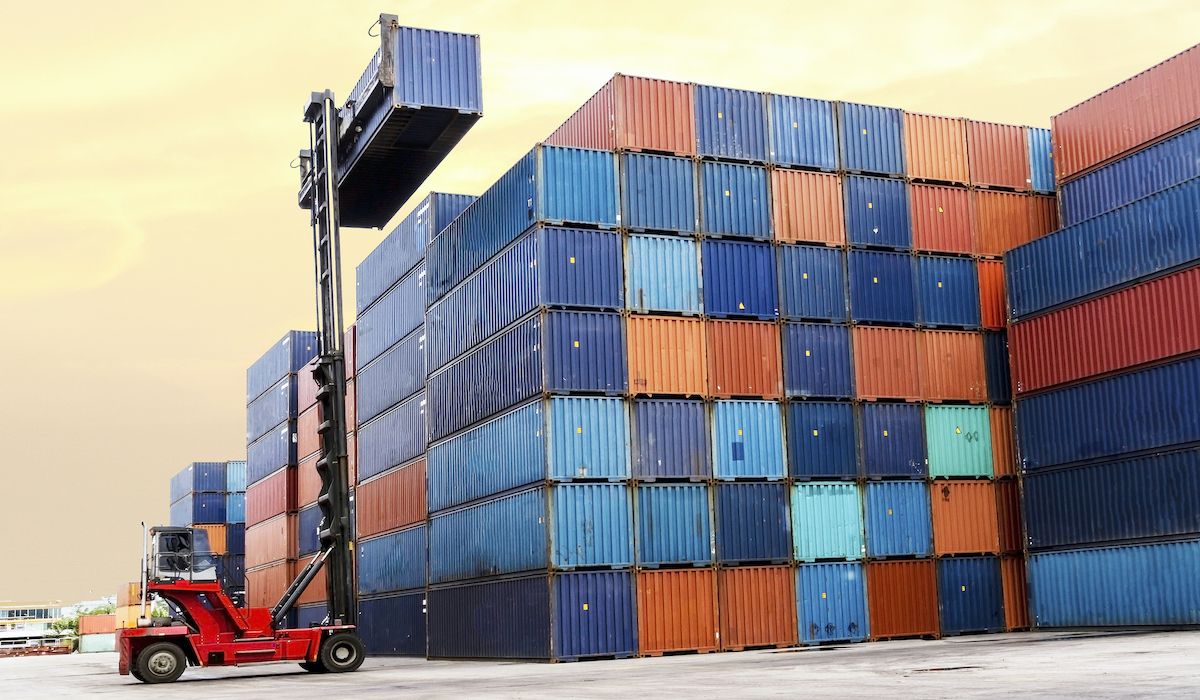
Environmental noise is regulated by the European Union Environmental Noise Directive (END), issued in 2002. Directive 2002/49 / EC focuses on agglomerations of more than 100,000 inhabitants and on transport and network centers, roads, railways, airports or ports with a certain number of movements per year. The purpose of this directive is to provide a synthesis of management options to avoid, prevent or reduce the harmful effects of noise, including nuisance.
In order to comply with EU legislation, port authorities and other organizations involved in the maritime transport industry can implement various measures to mitigate noise in maritime enclaves:
- Port layout. Optimal location of the different port functions can significantly reduce noise pollution.
- Traffic arrangement. As mentioned above, traffic noise induced by port activities generates great noise pollution. Changing the way vehicles enter the facility can reduce noise. For example, through tunnels, creating parking areas to avoid queues, etc.
- Ramp design. Modifications such as the implementation of rubber liners and insulation on the ramps can improve the situation.
- Quieter charging methods. This can be reduced by "driving smoothly", that is, reducing the driving speed. However, it can be a difficult alternative to carry out because it implies reducing operating times.
- Fleet of quieter machines. In general, the newer the machinery, the less noise pollution it generates. Electric and hybrid models can reduce noise significantly.
- Walls and noise barriers. A simple measure like placing containers strategically can isolate noise from the port.
- Assignment of berths. The noisiest vessels should be located as far away as possible from residential areas.
To reduce noise, other solutions can be applied such as the use of slots to regulate the stay of ships, restricting opening hours to avoid night-time disturbances or the imposition of speed limits on vehicles.
It is important to pay special attention to cruise ships and RO-PAX vessels due to their proximity to urban areas compared to other types of vessels. Also, cruise ships never turn off all auxiliary engines because services like cooking or maintenance need a constant power supply. For this reason, they usually use silencers that reduce levels from 10 to 20dB; however, they emit 95 to 105dB depending on the frequency.
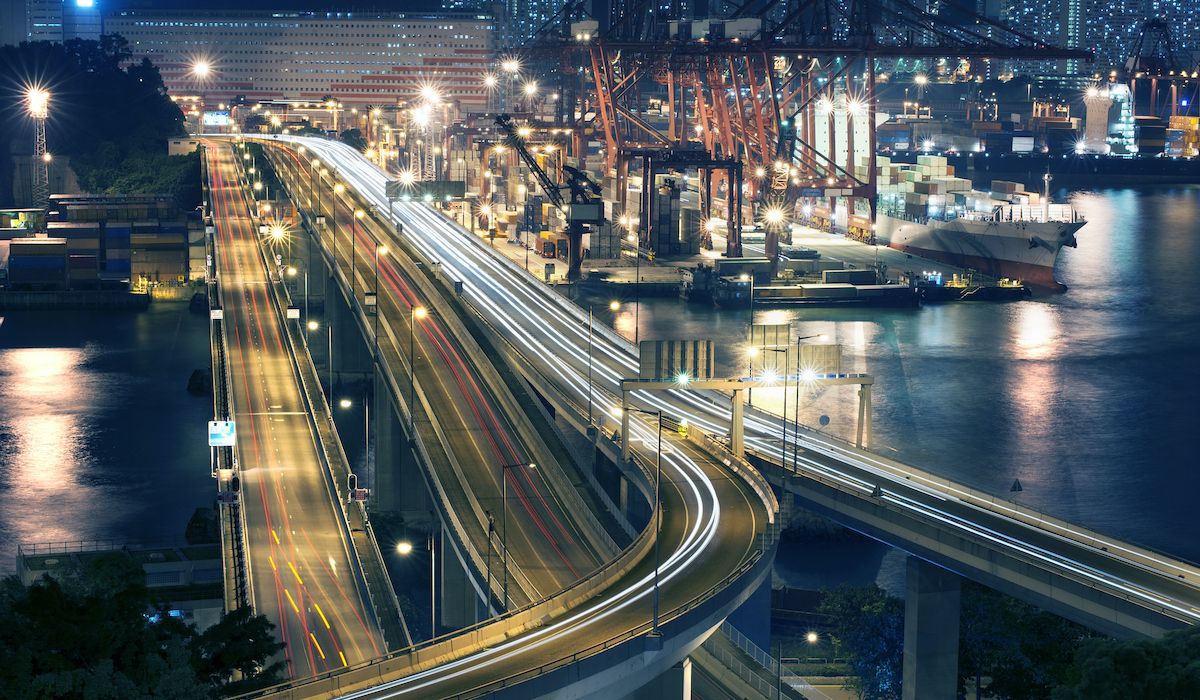
What are the ports doing about it?
Being one of the most worrying problems in ports, several port authorities have already begun to deploy measures against noise pollution.
The first step is to know the emission of noise levels. Thus, two Italian and one French ports are participating in the Interreg TRIPLO project, which is also trying to install low-cost sensors to produce live noise maps. Along the same lines, in the Ligurian port city of La Spezia, Contship Italia installed noise receivers in the direct area surrounding its terminal. Thanks to them it was possible to learn that when the terminal was empty, noise pollution was limited.
The second step is to establish measures to reduce noise impact. For example, the port of Gothenburg has gummed the metal ramps used to dock ships.
The use of alternative fuels by shipping companies (for example, LNG) would help reduce noise pollution. The terminal cannot be ultimately responsible for emissions they are not creating.
Several countries of the European Union, such as Sweden or Finland, have incorporated the fuel system for supplying energy on land, which is an instrument for ports to reduce not only air pollution, but also noise. The implementation of the system replaces the auxiliary motors used to produce electricity for docked vessels, thus eliminating engine noise.
Also, some shipowners have made modifications to their vessels to reduce noise pollution by installing silencers in the engine and vent rooms. Despite the high cost of these alternatives, in some situations they are necessary to cope with noise.
On the other hand, it’s easier to avoid noise when building new boats. Engines, ventilation systems and other machinery can be modified to be more sustainable and silent. An example is the Viking Grace, Viking Lines RO-PAX ship, which was built expressly to have an environmental profile, with modern isolation techniques and silencers in its generators.
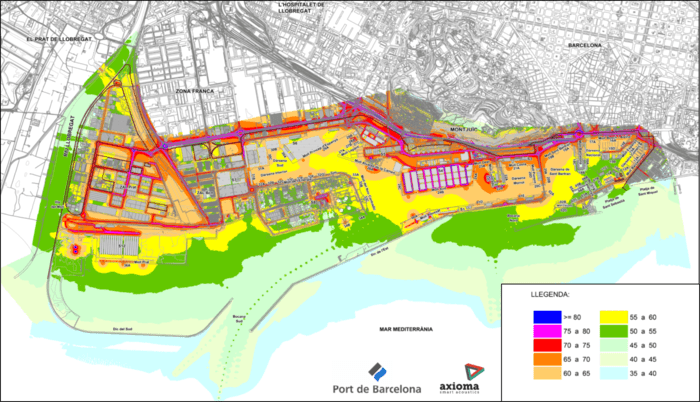
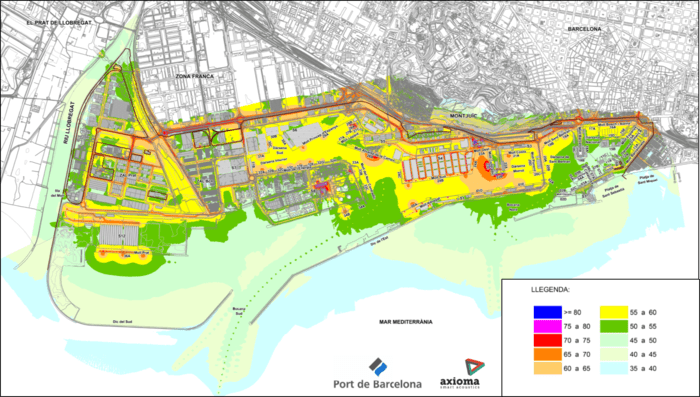
The case of Barcelona
The Port of Barcelona has carried out noise pollution studies which include noise diagnostic maps that provide data on the acoustic impact. These noise maps are highly innovative in the port sector, since in previous decades they had only been developed in other types of infrastructures such as roads and railways.
Noise maps have shown that noise pollution levels don’t affect the population much, since the greatest impact takes place in areas classified for industrial use. This demonstrates the compatibility of the port system with normal city life, facilitating good port-city interaction.
In addition, port policies tend to further reduce its noise impact. Like the idea of moving industrial activity to the south or the cruise ships to the Adosado dock, the most remote areas of the city. And although the main objective is to reduce pollutant and greenhouse gas emissions, the dock electrification project that will allow the connection of ships to these (OPS) will also significantly reduce the noise generated. Not forgetting the possible use of batteries during port stay, as it happens with Grimaldi ships.
There is no doubt that shipping companies and ports are working together to develop efficient measures that make it possible to have a more sustainable and environmentally friendly maritime transport. Thus improving the port-city relations that are gaining more and more strength in the proper development of the port infrastructure.




